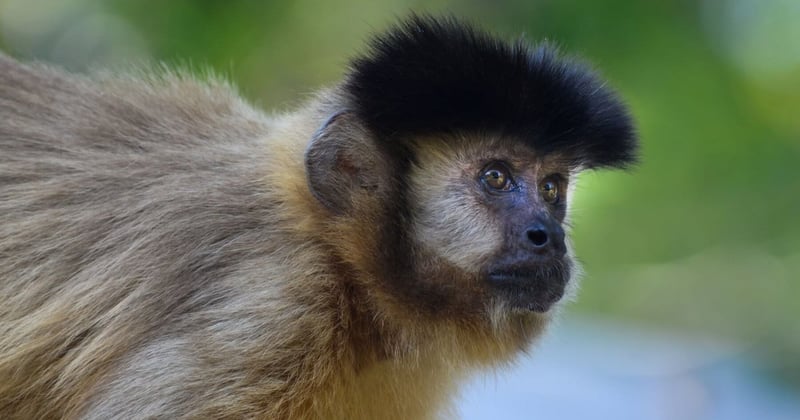
Wildlife Heritage Areas launched to protect wildlife in their natural habitat
News
You helped launch a much-needed wildlife initiative that aims to bridge the gap between tourism and conservation.
Image credit: Mauricio Forlani/ World Animal Protection
We are thrilled to announce the launch of Wildlife Heritage Areas, a programme that will help local communities to protect wild animals in their environment and set a benchmark for responsible tourism.
The concept was born out of the success of the Whale Heritage Sites programme which was developed by the World Cetacean Alliance and run in partnership with World Animal Protection since 2019.
The Wildlife Heritage Areas programme will help create a respectful connection between people and wildlife by:
- Empowering local people and communities to care for and protect the unique wildlife in their environment.
- Providing an opportunity for the travel industry to promote more responsible wildlife experiences, as an alternative to exploitative captive wild animal attractions.
- Emphasise our cultural links with nature as a powerful tool to encourage positive change for animals and people.
- Incorporate animal welfare as an integral part of what constitutes ‘sustainable practices’ or ‘wildlife friendly’ tourism.
Marie Chambers, Network Manager, World Animal Protection, said:
“Wildlife Heritage Areas will bring the gold standard of wildlife watching to the tourism industry and provide a clear marker for tourists wanting to see wild animals responsibly. It will champion responsible experiences, creating better places for wildlife to thrive and people to love, work and visit.”
To become a Wildlife Heritage Area, communities can simply visit the Wildlife Heritage Areas hub and apply. After this, each site will undergo an assessment developed in partnership with the Wildlife Heritage Network that includes experts from NGOs, wildlife experts, responsible tourism companies, not-for-profits, and local communities.
The sites are then approved if they meet specific criteria such as respectful coexistence between humans and wildlife, cultural significance, and sustainable management practices.
Together, we can turn the tide on biodiversity loss and wildlife suffering by bringing communities together to reconnect with, protect and respect nature.
Together, we can turn the tide on biodiversity loss and wildlife suffering by bringing communities together to reconnect with, protect and respect nature.
